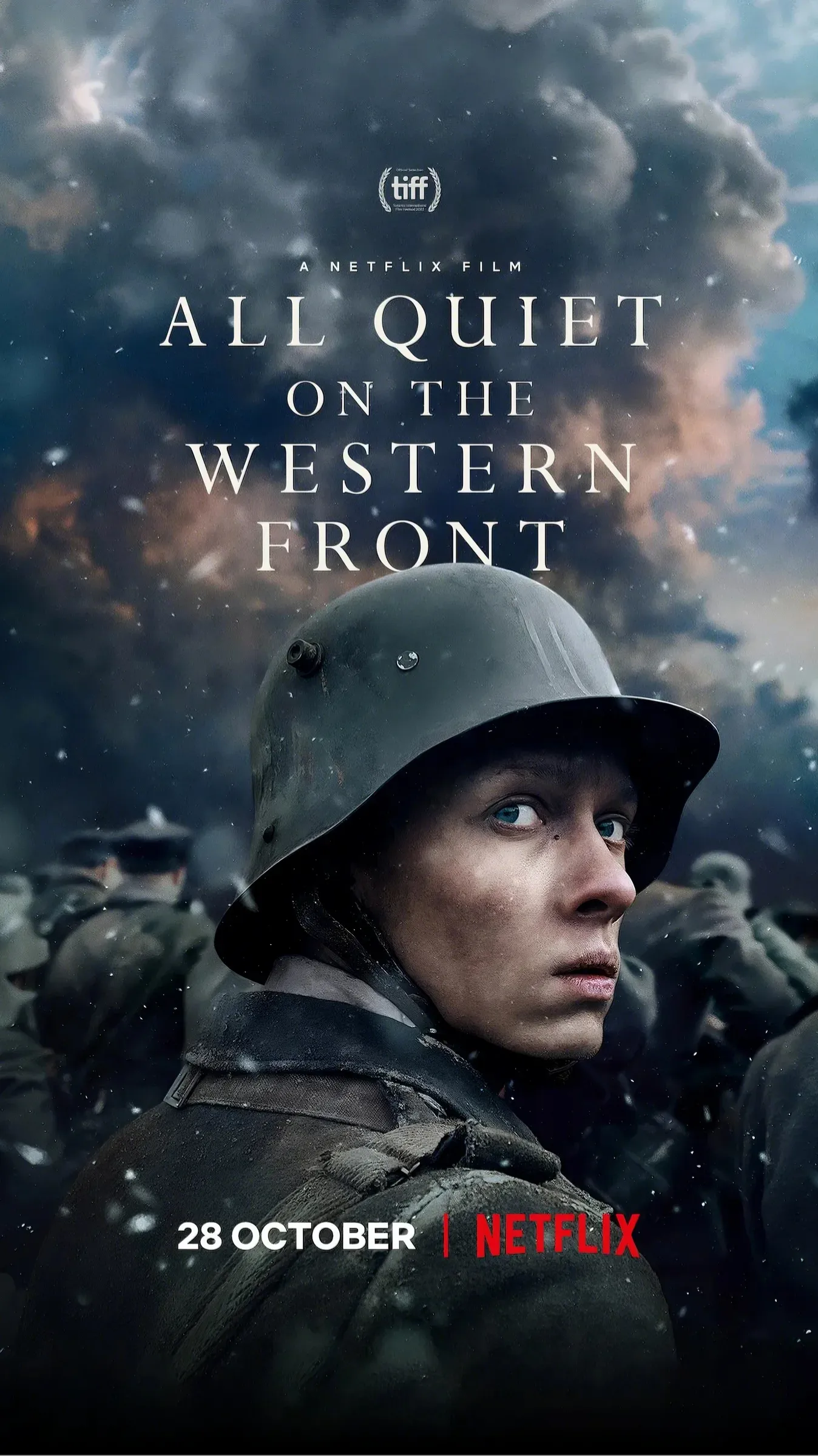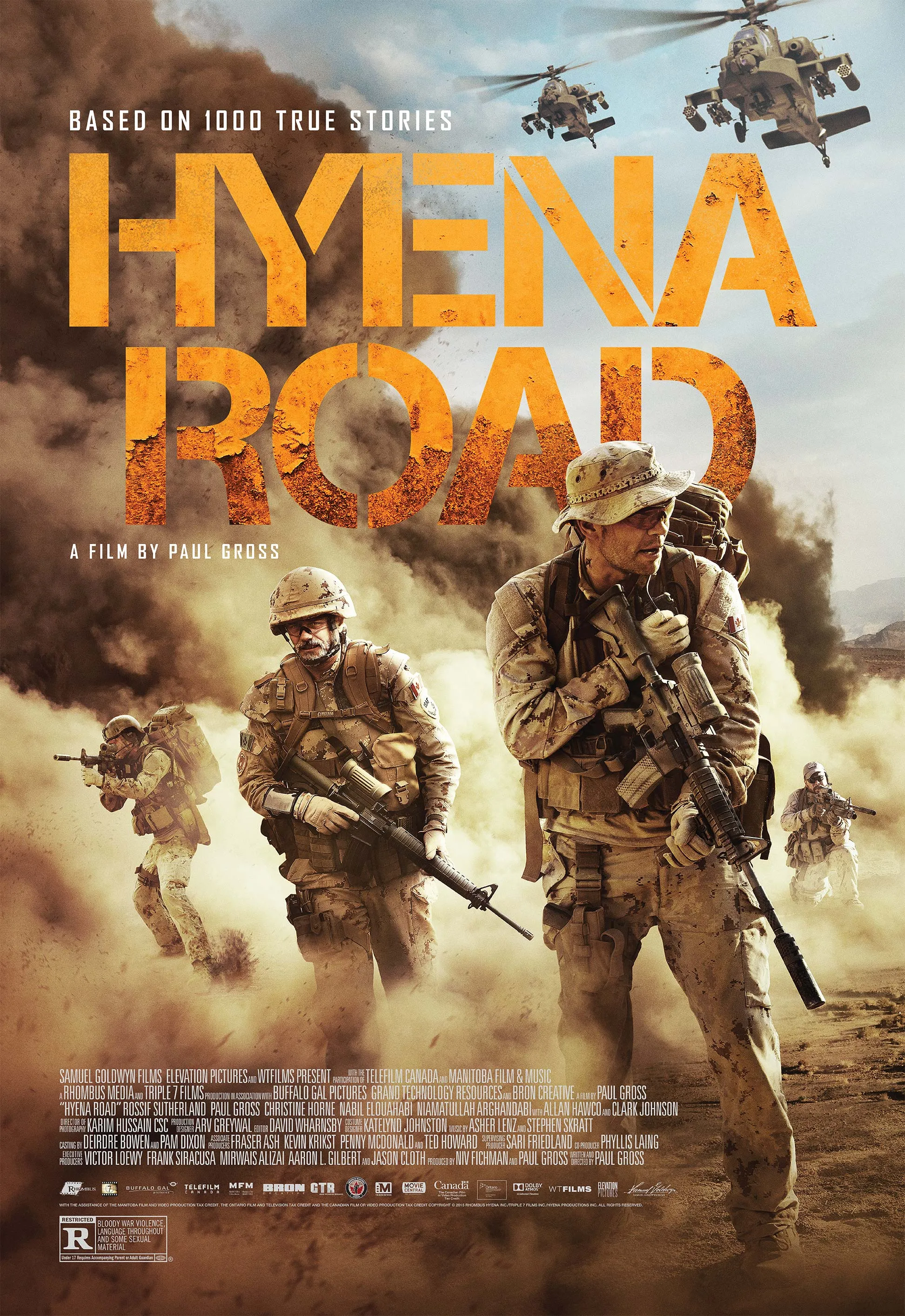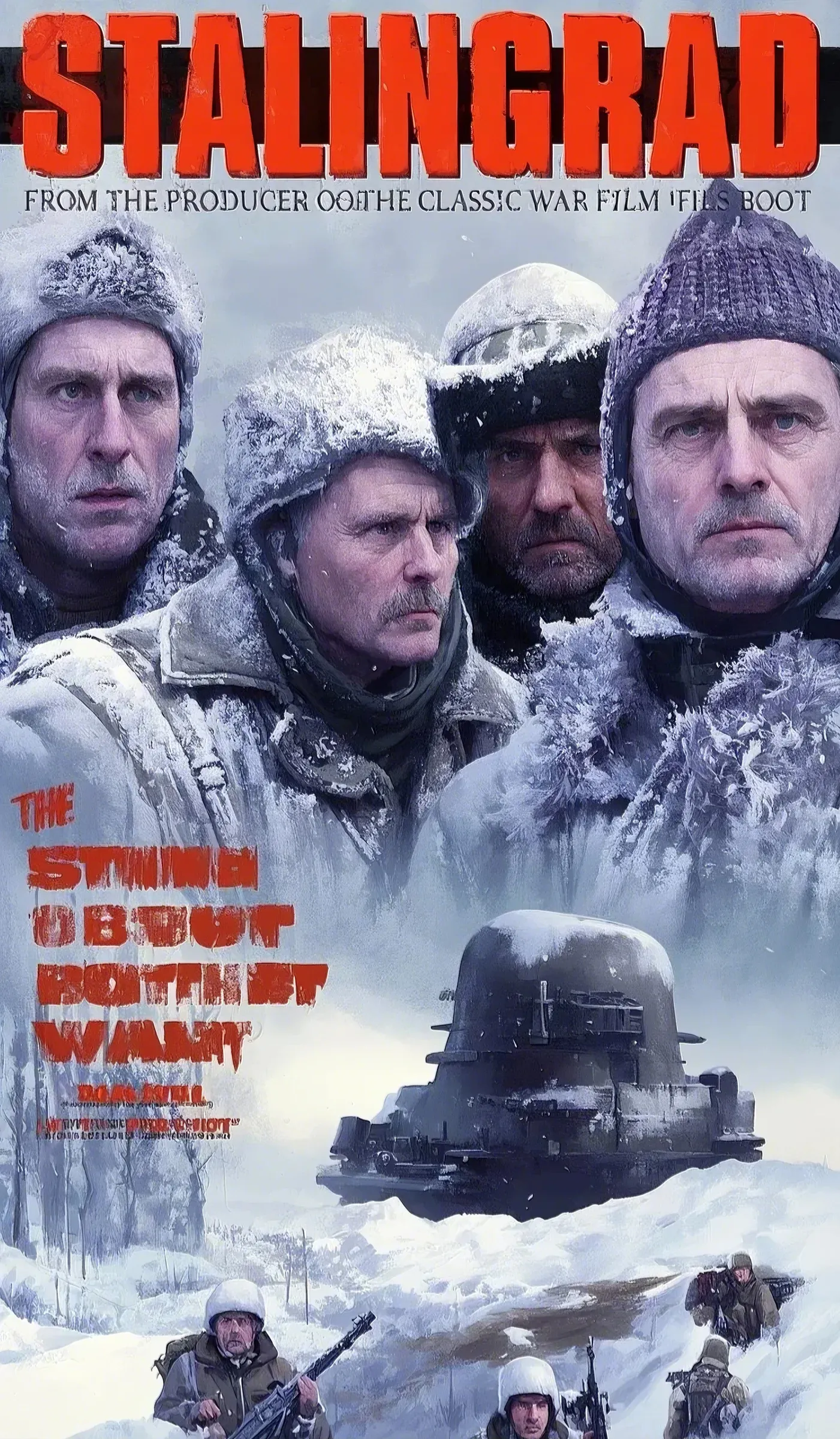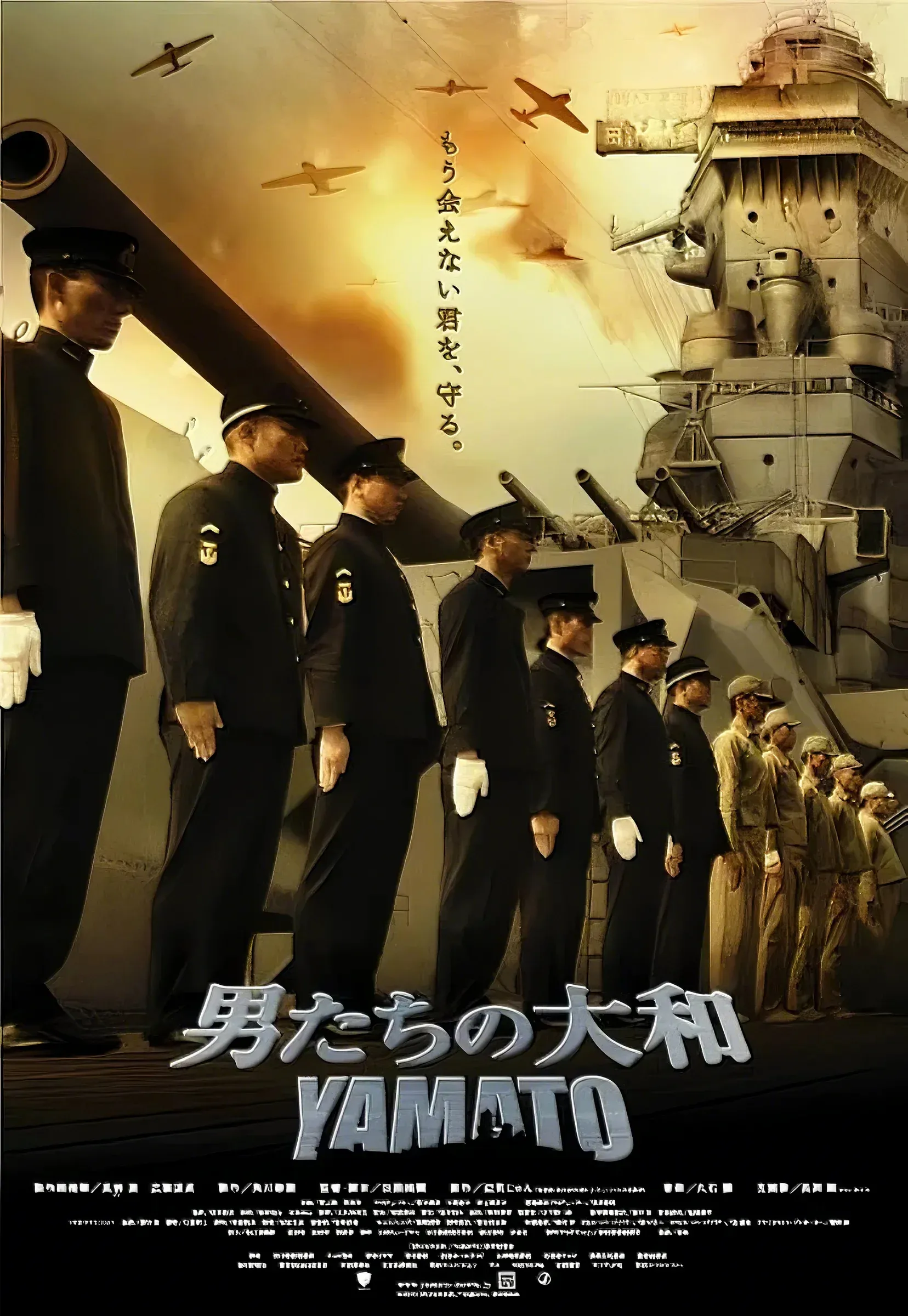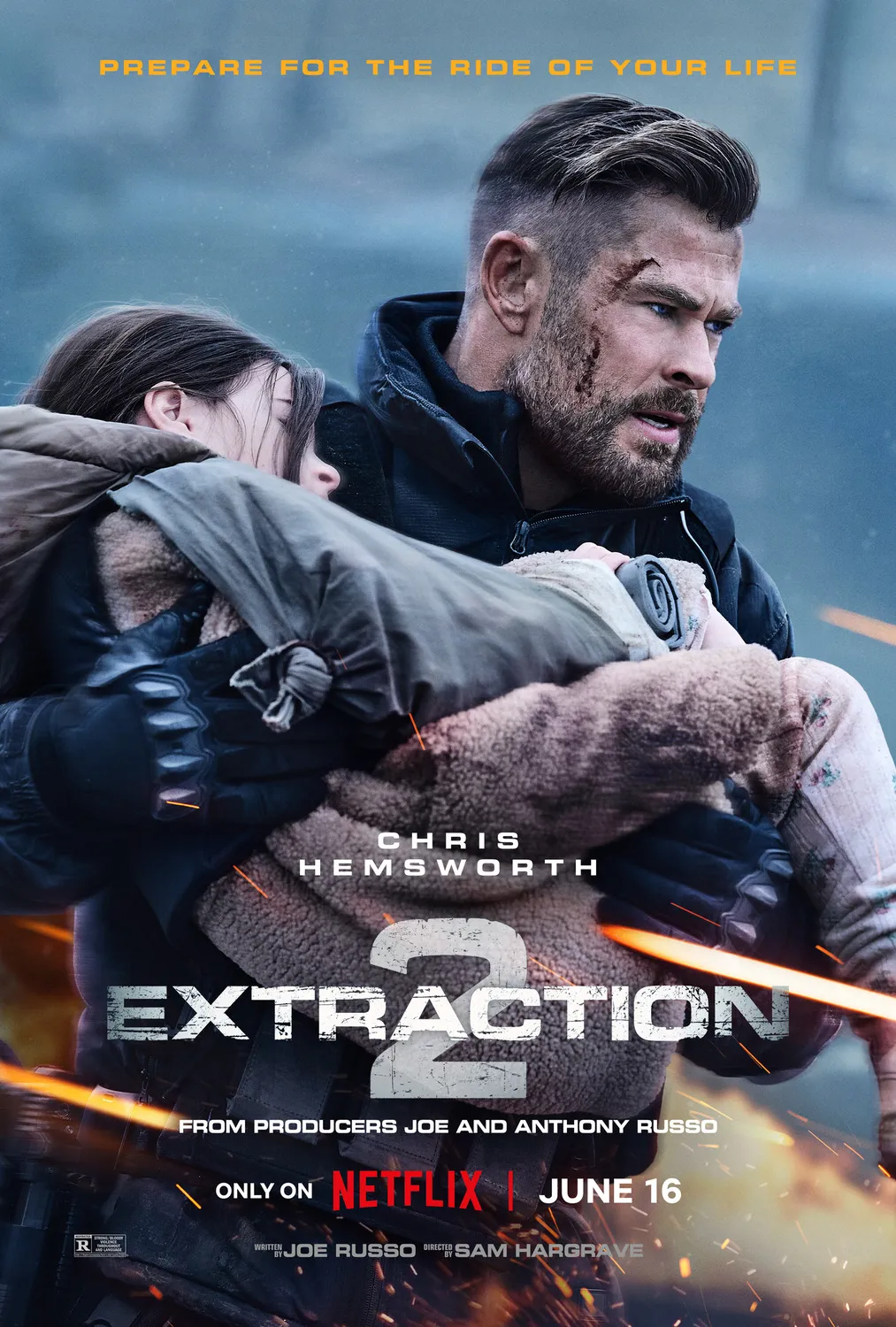All Quiet on the Western Front – A Detailed Review
All Quiet on the Western Front is one of the most harrowing and unflinching portrayals of war ever brought to the screen. Based on Erich Maria Remarque’s seminal 1929 novel, the story follows Paul Bäumer, a young German soldier whose patriotic enthusiasm is quickly eroded by the horrors of World War I. The novel has been adapted into three major films:
- 1930 – The first and most influential adaptation, directed by Lewis Milestone.
- 1979 – A made-for-TV film that remains faithful to the novel’s themes.
- 2022 – A visually striking German-language adaptation on Netflix, adding historical elements not in the original book.
Each version explores the devastating psychological and physical toll of war, though with different approaches in storytelling and cinematic style.
1930 Version – A Landmark in War Cinema
Lewis Milestone’s All Quiet on the Western Front (1930) is often regarded as one of the greatest war films of all time. Released just a year after the novel, it set a new standard for realism in war movies, portraying combat not as a patriotic adventure but as a horrifying, meaningless slaughter.
The film follows Paul Bäumer (Lew Ayres) and his classmates, who are convinced by their teacher to enlist in the German army. Their journey from idealistic youths to disillusioned soldiers is portrayed with remarkable emotional depth. The battle scenes, particularly for their time, are raw and chaotic, featuring innovative cinematography that puts the audience right in the trenches.
One of the most memorable moments is Paul’s final scene, where he reaches for a butterfly amidst the destruction, only to be shot by a sniper—a powerful metaphor for the fragility of life in war. The film’s anti-war message was so strong that it was banned in Nazi Germany, as the regime saw it as demoralizing propaganda.

1979 Version – A More Character-Driven Approach
Delbert Mann’s 1979 adaptation, starring Richard Thomas as Paul Bäumer and Ernest Borgnine as Katczinsky, is often overshadowed by the 1930 and 2022 versions, but it remains a strong and faithful retelling of Remarque’s novel.
While lacking the grand spectacle of its predecessor, this version focuses more on character development and relationships between soldiers. Thomas brings a more introspective take on Paul, emphasizing the emotional and psychological toll of war. Borgnine, as the seasoned and caring Kat, delivers one of the best performances of the film.
Though made for television, the battle sequences are still intense, and the film does an admirable job capturing the horrors of trench warfare. However, due to its limited budget and made-for-TV nature, it doesn’t have the same cinematic impact as the other versions.

2022 Version – A Brutal, Modern Retelling
Directed by Edward Berger, Netflix’s All Quiet on the Western Front (2022) is a visually stunning and emotionally devastating adaptation, though it takes significant departures from the novel. Unlike previous versions, this one expands the story to include political negotiations leading to Germany’s surrender, contrasting the bureaucratic detachment of leaders with the suffering of soldiers on the front lines.
Felix Kammerer stars as Paul Bäumer, delivering a raw and heartbreaking performance. The film amplifies the brutality of war with hyper-realistic battle sequences, including horrifying depictions of trench warfare, flamethrowers, and tank assaults. The cinematography, with its bleak landscapes and muted color palette, reinforces the hopelessness of war.
One major deviation from the book is the ending. In this version, Paul dies just minutes before the armistice, a tragic irony that emphasizes the senseless loss of life. While this change angered some purists, it strengthens the film’s anti-war message. The score by Volker Bertelmann, with its unsettling, droning three-note motif, adds to the overwhelming tension.

Themes and Impact Across All Versions
Despite differences in execution, all three versions convey the same core themes:
- The Horrors of War – Each film rejects the glorification of battle, showing it as a nightmare of suffering and futility.
- Lost Youth and Innocence – Paul and his friends begin as hopeful young men but are quickly broken by the horrors they endure.
- Dehumanization – The films explore how war strips soldiers of their humanity, turning them into mere expendable bodies.
- The Disconnect Between Leaders and Soldiers – The 2022 version emphasizes this more, but all adaptations highlight how those in power care little for the suffering on the front lines.
Each version of All Quiet on the Western Front has left a significant impact on war cinema. The 1930 film is a pioneering masterpiece, the 1979 adaptation is a solid character-driven retelling, and the 2022 version is a visceral, modernized vision of the same devastating reality. Regardless of which version one watches, the film’s message remains clear: war is not glorious—it is a tragedy.
🔥 Final Verdict: An essential story across all versions, each with its own strengths. A must-watch for those interested in war films or history. ⚔️🌑
